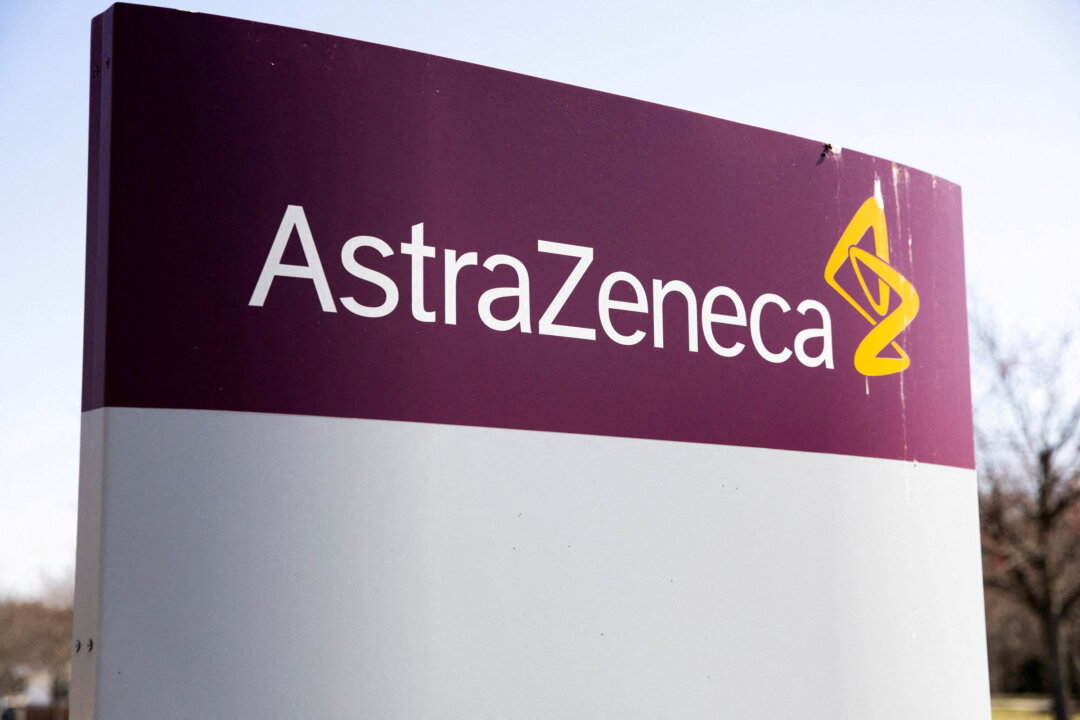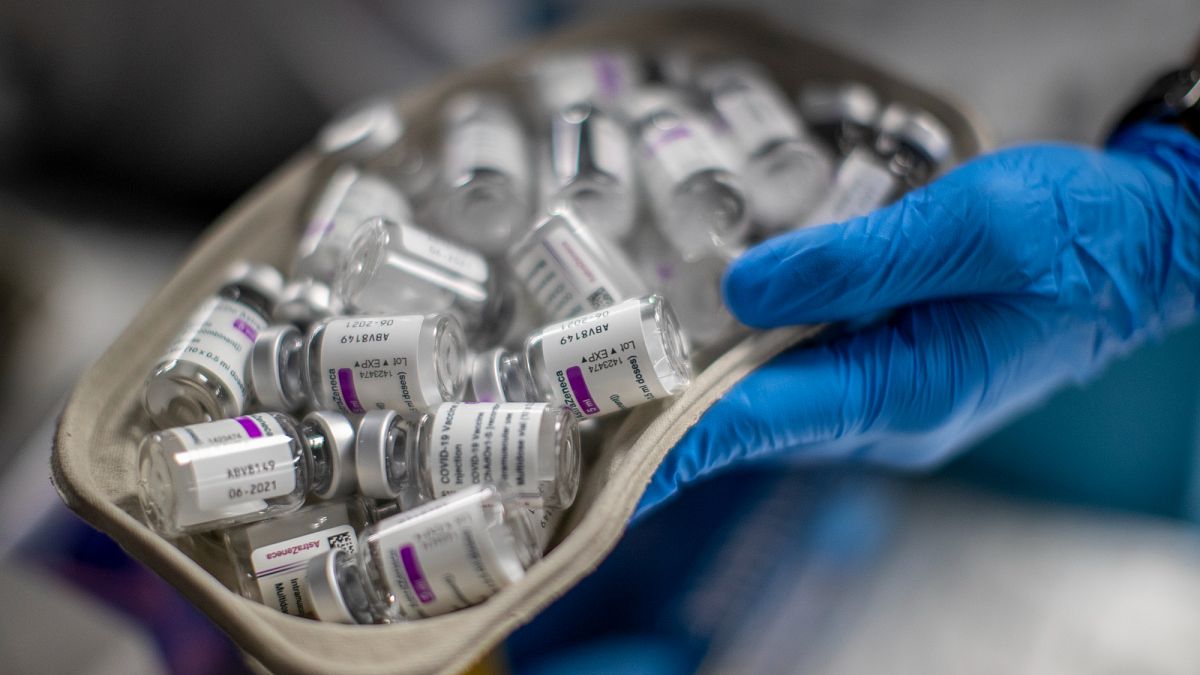AstraZeneca, a leading player in the pharmaceutical industry, has announced a bold plan to invest $50 billion in the United States by 2030. This significant financial commitment aims to expand the company’s manufacturing and research capabilities, positioning itself strategically in response to potential tariff increases. With the threat of tariffs as high as 200% on drug imports looming, AstraZeneca is taking decisive action to safeguard its operations and maintain its competitive edge in one of the largest
Did You Know
Canada has more lakes than the rest of the world's lakes combined.
?
AD
markets for pharmaceutical products.
The investment aligns with AstraZeneca’s ambitious goal of reaching $80 billion in annual revenue by 2030. A new manufacturing facility will be built in Virginia, as well as expansions at other locations; this move highlights the company's intention to augment its presence and capabilities across the U.S. The commitment reflects a growing trend among pharmaceutical giants to make significant investments, a necessary adaptation to navigate the increasingly protectionist regulatory landscape that has emerged in recent years. This proactive approach is designed not only to enhance production but also to bolster research and development efforts, crucial for the innovative pipeline of new medications.
As the pharmaceutical sector grapples with the potential repercussions of changing trade policies, AstraZeneca's substantial commitment reveals a forward-thinking strategy. The company recognizes the challenges posed by tariffs and is taking steps to mitigate risks while fortifying its standing in the competitive landscape. By investing heavily in U.S. facilities and operations, AstraZeneca not only prepares for the evolving market conditions but also exemplifies the resilience and adaptability of the industry in a time of uncertainty.
Q&A (Auto-generated by AI)
What are AstraZeneca's main products?
AstraZeneca is a British-Swedish biopharmaceutical company known for its focus on prescription medicines, particularly in areas like oncology, cardiovascular, renal, and respiratory diseases. Some of its flagship products include cancer treatments like Tagrisso and Imfinzi, as well as medications for chronic diseases such as Farxiga. The company has also been involved in developing vaccines, notably for COVID-19, which has increased its visibility and importance in the global health landscape.
How do tariffs affect pharmaceutical companies?
Tariffs can significantly impact pharmaceutical companies by increasing the cost of imported raw materials and components, which can lead to higher prices for consumers. For AstraZeneca, the looming threat of tariffs, particularly those proposed by the Trump administration, could affect its manufacturing costs and pricing strategies in the U.S. market. Such tariffs may force companies to adjust their supply chains, potentially relocating production to avoid additional costs.
What is the significance of the $50 billion figure?
The $50 billion investment by AstraZeneca is significant as it underscores the company's commitment to expanding its operations in the U.S., its largest market. This investment is aimed at enhancing manufacturing and research capabilities, which can lead to increased production capacity and innovation in drug development. It also reflects the broader trend of pharmaceutical companies investing heavily in the U.S. amid competitive pressures and regulatory changes.
How might this investment impact US jobs?
AstraZeneca's $50 billion investment is expected to create thousands of jobs in the U.S., particularly in manufacturing and research sectors. By establishing new facilities and expanding existing ones, the company can contribute to local economies, especially in states like Virginia where new plants are planned. This aligns with governmental goals to boost domestic manufacturing and reduce reliance on foreign production, ultimately benefiting the U.S. workforce.
What are the potential risks of this investment?
While AstraZeneca's investment presents growth opportunities, it also carries risks. The pharmaceutical industry is highly competitive, and changes in regulatory environments or tariff policies could impact profitability. Additionally, if the anticipated demand for new products does not materialize, the company could face financial strain. There is also the risk of public backlash against drug pricing, which could affect sales and market perception.


















